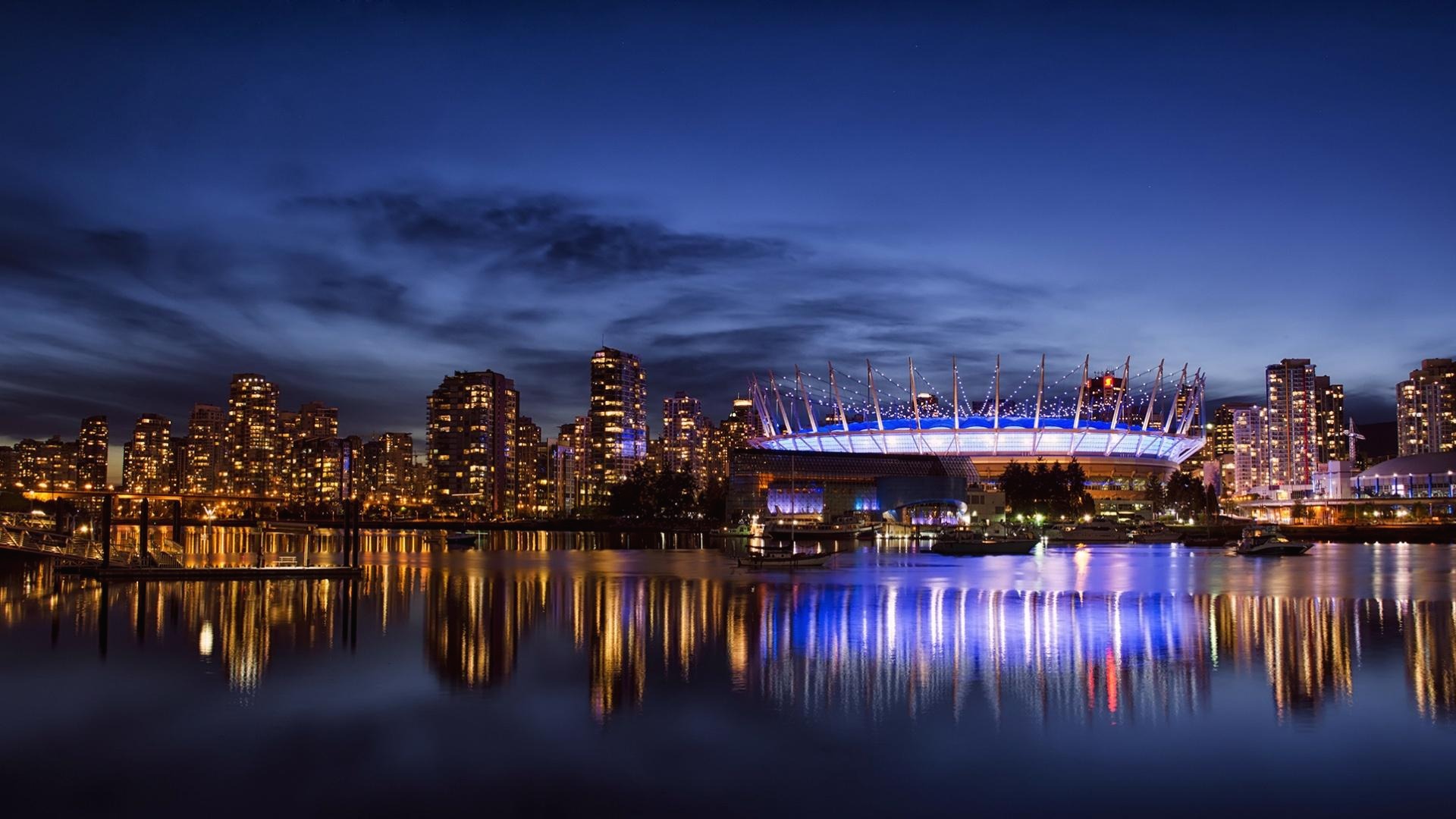Plug, AGA sign binding framework agreement for 3 GW of electrolyzer capacity
Plug Power has signed a binding framework agreement with Allied Green Ammonia (AGA), an Australian company focused on green ammonia production, to finalize a supply agreement for 3 GW of electrolyzer capacity for AGA’s hydrogen-to-ammonia plant in Australia.
The framework agreement follows the recently signed MOU and basic engineering and design package (BEDP). Both parties will now proceed to finalize the sales and purchase agreement. Delivery of Plug’s electrolyzer system is expected by the end of 2026 or early 2027.
AGA is currently developing one of the most globally significant green ammonia production facilities, designed to produce approximately 2,700 metric tons per day (TPD) of green ammonia. The project will leverage abundant renewable energy resources and a robust energy infrastructure. Strategically located on the Gove Peninsula in the Northern Territory of Australia, the facility is well-positioned to meet growing demand from AGA’s customers in Asia and Europe, ensuring a reliable and secure supply of green ammonia.
This collaboration aims to significantly decarbonize the conventional ammonia production process by replacing traditional Steam Methane Reforming (SMR) techniques with green hydrogen produced using Plug’s electrolyzers. By combining this advanced technology with AGA’s deep industry experience and technical expertise, AGA aims to produce green hydrogen and ammonia at competitive costs compared to its conventionally produced, non-sustainable, and carbon-intensive counterparts.
“Ammonia producers are recognizing the substantial advantages of cost and carbon reduction through electrolysis-based hydrogen,” said Andy Marsh, CEO of Plug Power. “We’re thrilled to formalize this framework agreement with Allied Green Ammonia who is at the forefront of global hydrogen and ammonia production and facility design. Our extensive experience in constructing and operating large-scale hydrogen facilities, combined with our cutting-edge PEM electrolyzer technology, positions us as the ideal partner for this transformative 3 GW project. Together, we are paving the way for a more sustainable future in green ammonia production, while supporting the global transition to net-zero emissions.”
“At Allied Green, we are excited to leverage Plug’s world leading electrolyzer technology to produce green ammonia, marking a significant step toward our shared vision of a sustainable energy future,” said Alfred Benedict, Chairman & Managing Director of Allied Green. “Our collaboration with Plug Power builds on our team’s substantial work over many years that will enable us to efficiently harness the power of electrolysis-based hydrogen and, drastically reduce carbon emissions in the ammonia production process. The finalization of the supply agreement is one of the last major milestones for our project to progress to final investment decision (FID), which is expected imminently.”
Source: Hydrogentechworld
'New Energy' 카테고리의 다른 글
| Green vs. White Hydrogen: The Economic Gamechanger in America’s Oil States (0) | 2024.10.11 |
|---|---|
| Saudi Arabia Aims For Global Hydrogen Leadership (2) | 2024.10.11 |
| UAE, Saudi Arabia lead Arab investments in green hydrogen (2) | 2024.10.10 |
| Brazil Commits $1.09 Billion to Establish Clean Hydrogen Hubs (0) | 2024.10.10 |
| Saudi Arabia to invest $10 billion in green hydrogen production (2) | 2024.10.08 |


